Human Apolipoprotein E/Apo E ELISA Kit
$299.00 – $419.00
ELISA Kit Detail Information
| Related Target | |
|---|---|
| Species | human |
| Sample Type | Serum, plasma, cell culture supernatant, and other biological samples |
| Sample Volume | 90 μL 1×Assay Buffer and 10 μL prediluted sample |
| Sensitivity | 1.71 pg/mL |
| Array Range | 78.13 pg/mL – 5000 pg/mL |
| Assay Time | 3.5 h |
| Recovery | 85% – 117% |
| Average Recovery | 108% |
| Intra Precision | 3.5% – 5.0% |
| Inter Precision | 3.8% – 5.0% |
| Plate | Detachable 96-well plate |
| Storage | If the reagent kit is unopened, it should be stored at 4℃. However, if it has been opened, the standard solution should be stored at -20℃, while the other components should be stored at 4℃. |
| Delivery | 4℃ blue ice transportation |
| Components | 96-well polystyrene enzyme-linked immunosorbent assay (ELISA) plate coated with anti-Apolipoprotein E/Apo E monoclonal antibody Human Apolipoprotein E/Apo E freeze-dried standard Apolipoprotein E/Apo E detect Antibody Standard Diluent Assay Buffer(10×) Substrate TMB Stop Solution Washing Buffer(20×) Sealing Film |
| Assay Principle | This kit utilizes the double antibody sandwich enzyme-linked immunosorbent assay (ELISA) detection technique.Specific anti-human Apo E antibodies are precoated on a high-affinity ELISA plate. Standard samples, test samples, and biotinylated detection antibodies are added to the wells of the ELISA plate. After incubation, Apo E present in the samples binds to the solid-phase antibodies and the detection antibodies. After washing to remove unbound substances, streptavidin-HRP labeled with horseradish peroxidase is added. After washing, a colorimetric substrate, TMB, is added and the plate is incubated in the dark for color development. The intensity of the color reaction is directly proportional to the concentration of Apo E in the samples.A stop solution is added to terminate the reaction, and the absorbance value is measured at a wavelength of 450 nm (with a reference wavelength range of 570-630 nm). |
Related Targets
APOE
APOE Target Infomation Overview
- Target Symbol: APOE, apolipoprotein E
- Gene Groups: Apolipoproteins
- Previous Names: AD2
- Alias Names: Alzheimer disease 2 (APOE*E4-associated, late onset)
APOE, apolipoprotein E Target Infomation by Species
- Human
- Mouse
- Rat
Human APOE Target Information
- Target Symbol: APOE, apolipoprotein E
- Alias:
- AD2
- Alzheimer disease 2 (APOE*E4-associated, late onset)
- apo-E
- ApoE4
- apolipoprotein E3
- LDLCQ5
- LPG
- MGC1571
- NCBI_Gene: 348
- UniProtKB: P02649
Human APOE Predicted Functions
Enables several functions, including amyloid-beta binding activity; heparan sulfate proteoglycan binding activity; and lipoprotein particle receptor binding activity. Involved in several processes, including lipid transport; regulation of lipid transport; and regulation of protein metabolic process. Acts upstream of or within with a positive effect on AMPA glutamate receptor clustering and NMDA glutamate receptor clustering. Acts upstream of or within negative regulation of dendritic spine development; positive regulation of dendritic spine development; and regulation of dendritic spine maintenance. Located in several cellular components, including Golgi apparatus; endoplasmic reticulum; and extracellular space. Part of several cellular components, including chylomicron; low-density lipoprotein particle; and triglyceride-rich plasma lipoprotein particle. Is active in glutamatergic synapse and synaptic cleft. Implicated in several diseases, including Alzheimer’s disease (multiple); artery disease (multiple); biliary tract cancer (multiple); eye disease (multiple); and familial hyperlipidemia (multiple). Biomarker of several diseases, including Lewy body dementia; diabetes mellitus (multiple); end stage renal disease; neurodegenerative disease (multiple); and obesity.
Mouse Apoe Target Information
- Target Symbol: Apoe, apolipoprotein E
- Alias:
- AI255918
- expressed sequence AI255918
- NCBI_Gene: 11816
Mouse Apoe Predicted Functions
Enables several functions, including cholesterol transfer activity; heparan sulfate proteoglycan binding activity; and phosphatidylcholine-sterol O-acyltransferase activator activity. Involved in several processes, including negative regulation of macromolecule metabolic process; plasma lipoprotein particle remodeling; and regulation of defense response. Acts upstream of or within with a negative effect on gene expression. Acts upstream of or within several processes, including cholesterol catabolic process; cholesterol efflux; and lipoprotein metabolic process. Located in extracellular space and glutamatergic synapse. Part of low-density lipoprotein particle. Is expressed in several structures, including alimentary system; central nervous system; genitourinary system; liver and biliary system; and sensory organ. Human ortholog(s) of this gene implicated in several diseases, including Alzheimer’s disease (multiple); artery disease (multiple); biliary tract cancer (multiple); eye disease (multiple); and familial hyperlipidemia (multiple). Orthologous to human APOE (apolipoprotein E).
Rat Apoe Target Information
- Target Symbol: Apoe, apolipoprotein E
- Alias:
- apo-E
- APOEA
- NCBI_Gene: 25728
Rat Apoe Predicted Functions
Enables several functions, including amyloid-beta binding activity; hydroxyapatite binding activity; and phospholipid binding activity. Involved in several processes, including cellular response to alcohol; neurogenesis; and regulation of lipid metabolic process. Located in several cellular components, including late endosome; neuronal cell body; and nuclear envelope. Is extrinsic component of external side of plasma membrane. Part of several cellular components, including discoidal high-density lipoprotein particle; low-density lipoprotein particle; and triglyceride-rich plasma lipoprotein particle. Colocalizes with early endosome and microtubule. Used to study artery disease (multiple); familial hyperlipidemia; fatty liver disease (multiple); glomerulosclerosis; and middle cerebral artery infarction. Biomarker of several diseases, including glomerulonephritis (multiple); hyperhomocysteinemia; hypertension; sciatic neuropathy; and transient cerebral ischemia. Human ortholog(s) of this gene implicated in several diseases, including Alzheimer’s disease (multiple); artery disease (multiple); biliary tract cancer (multiple); eye disease (multiple); and familial hyperlipidemia (multiple). Orthologous to human APOE (apolipoprotein E).


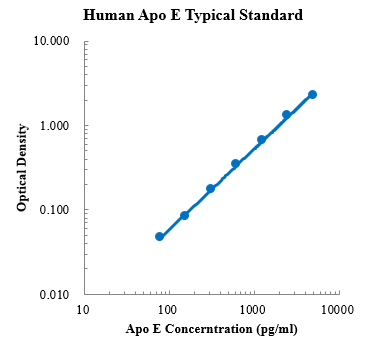
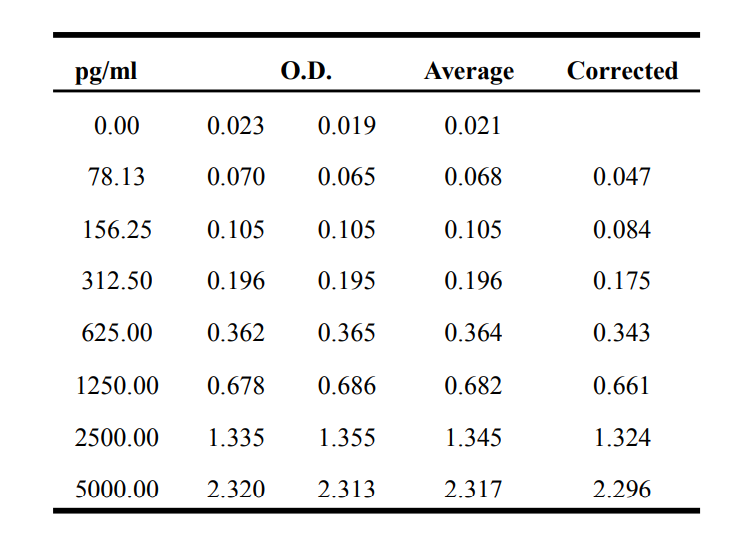

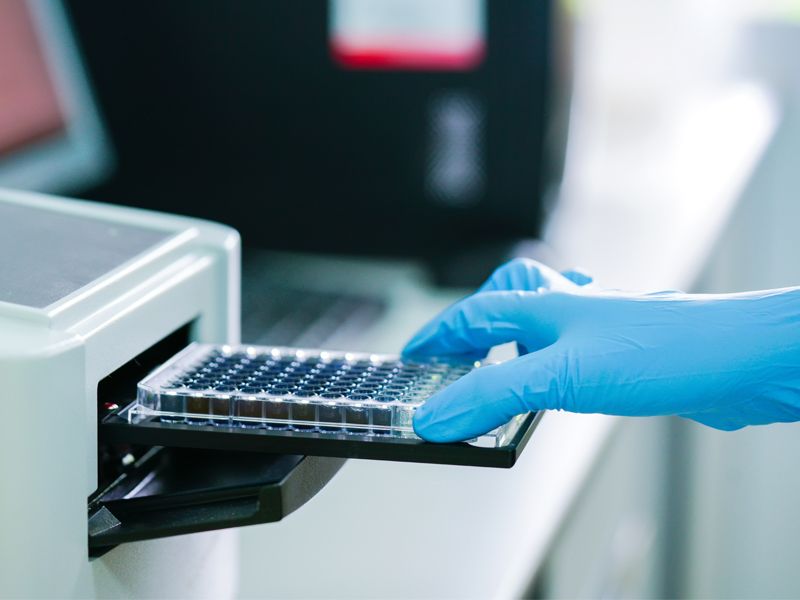
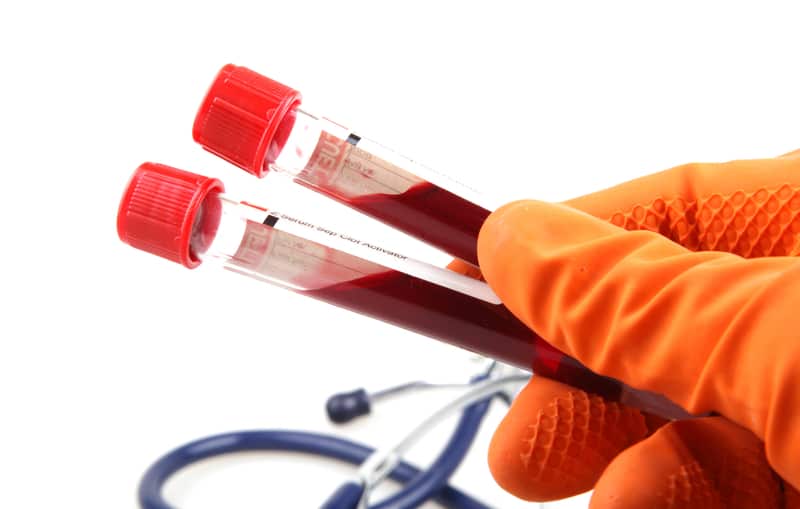

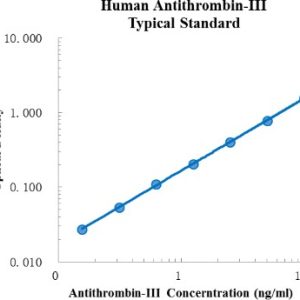
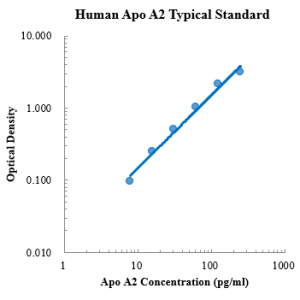
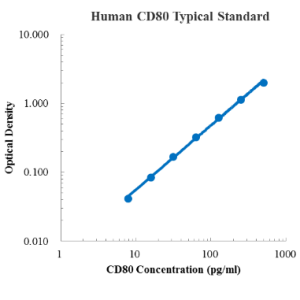
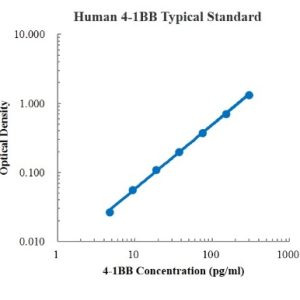
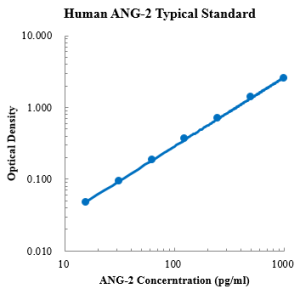
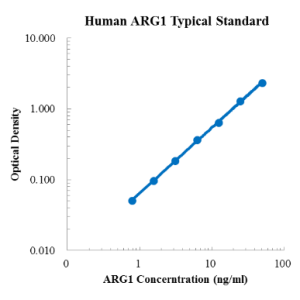
Reviews
There are no reviews yet.